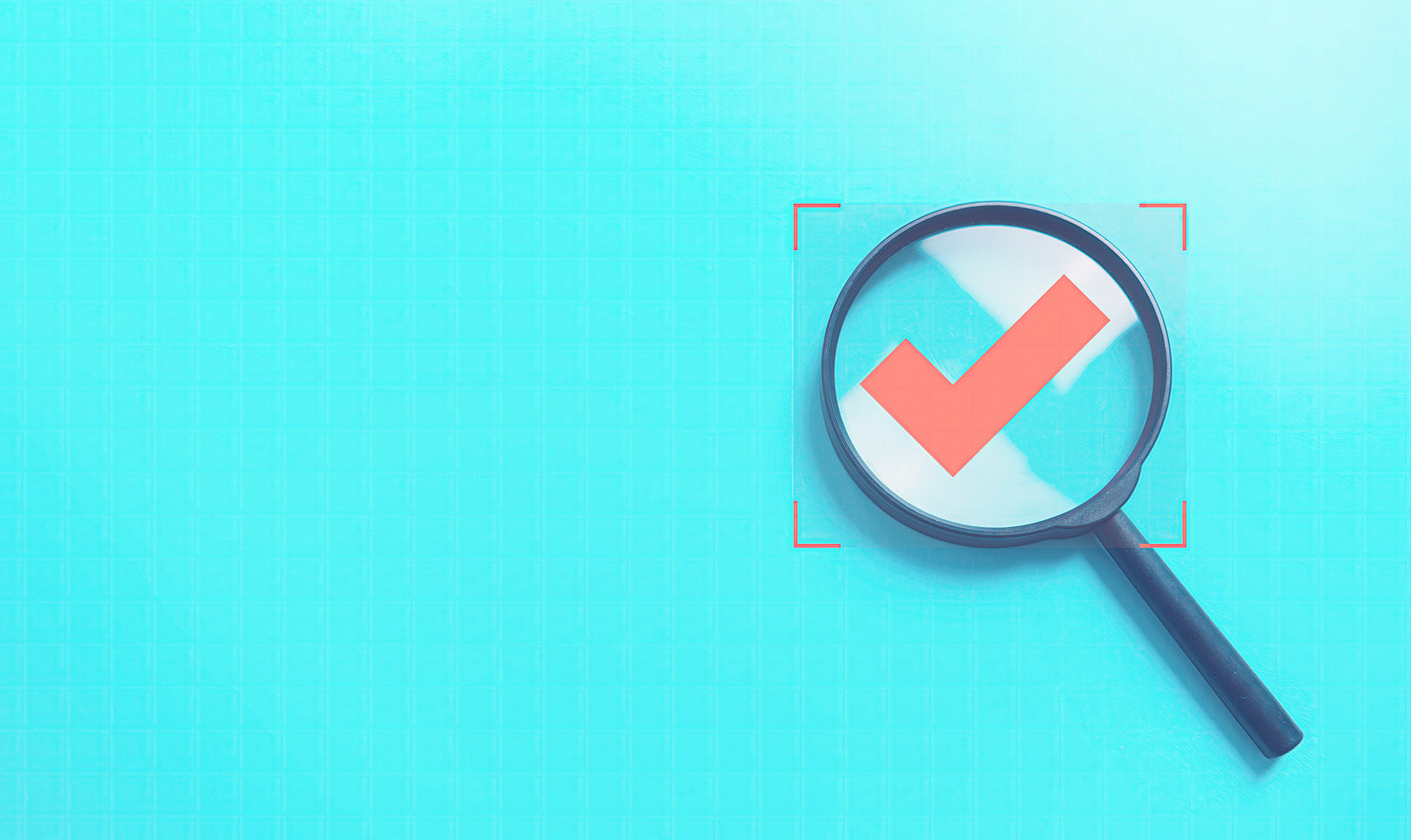
Understanding Cybersecurity Audits
A Comprehensive Guide
As the digital landscape continues to evolve, organizations face increasing cybersecurity threats that could compromise their sensitive data, disrupt operations, and damage their reputation. In response, many have begun implementing cybersecurity measures to protect their assets and ensure compliance with industry standards and regulations. One crucial aspect of maintaining robust cybersecurity is conducting regular cybersecurity audits. This comprehensive guide will delve into what cybersecurity audits entail, their importance, and best practices for conducting them effectively.
A cybersecurity audit is an in-depth review of an organization's security measures to uncover potential vulnerabilities, risks, and gaps in its defense systems. These audits aim to assess the effectiveness of an organization's cybersecurity program and identify opportunities for improvement. Cybersecurity audits can cover various aspects of security, including data security practices, software and hardware performance, regulatory and legal compliance status, vulnerabilities affecting the ecosystem, effectiveness of existing security policies and procedures, and the presence of internal and external threats.
By conducting cybersecurity audits, organizations can:
Identify and remediate cybersecurity risks
Fulfill internal and external compliance requirements
Adhere to applicable laws and regulations
Improve credibility with customers and partners
Why are Cybersecurity Audits Important?
Ongoing digital transformation introduces new cyber threats daily. Organizations must be confident that their current cybersecurity program can respond to these threats accordingly. Having no audit plan not only increases cyber risk but also puts an organization at risk of being non-compliant with legal and regulatory requirements.
Non-compliance means an organization's cybersecurity practices are not up to industry standards, increasing the chances of a data breach or other serious security incidents. Harsh fines, legal action, and reputational damage often follow the mishandling of sensitive data.
Regular cybersecurity audits surface any missing or inadequate protection and defense measures, allowing security teams to implement the required mitigating controls and prioritize risk remediation.
The Cybersecurity Audit Process
Conducting a cybersecurity audit involves several steps, which can be broadly classified into three main stages:
- Determine Scope
The first step in a cybersecurity audit is to determine its scope. Identify the elements of your cybersecurity program that the audit needs to address, such as IT infrastructure, sensitive data storage and protection, physical security practices, cybersecurity policies and procedures, and compliance standards. Once you have determined the scope of your audit, document the requirements for consistency in future audits.
- Identify Threats
After determining the scope, perform a cybersecurity risk assessment to identify the threats affecting your organization and the current security controls in place to mitigate them. Common cyber threats in today's landscape include distributed denial of service (DDoS) attacks, malware, shadow IT, social engineering, stolen passwords, SQL injections, and zero-day exploits.
- Plan Response
Once you have identified the threats affecting your organization's cybersecurity, implement an incident response plan to address them. This plan should cover a methodology for prioritizing risks and processes for remediation, a business continuity plan for disaster recovery, documentation of prevention, detection, and response tools in place, and a communication plan, including employee training and awareness resources.

Best Practices for Conducting a Cybersecurity Audit
Following best practices can ensure a more effective cybersecurity audit process:
Review data security policies: Before the audit begins, review your organization's data security policies to ensure they align with data confidentiality, integrity, and availability requirements.
Centralize cybersecurity and compliance policies: Consolidate your cybersecurity and compliance policies into a single list or document, making it easier for auditors to understand your organization's IT security practices and identify gaps.
Detail your network structure: Provide a network diagram to your auditor, giving them a comprehensive view of your IT infrastructure and helping them identify potential weaknesses more easily.
Review relevant compliance standards and requirements: Share these with the audit team to align the audit with your organization's needs.
Create a list of security personnel and their responsibilities: This will streamline the process of employee interviews during the audit, giving auditors a better understanding of your organization's security architecture.
Define the audit subject and objective: Set clear boundaries and limitations for your cybersecurity audit, such as enterprise versus private sphere of control, usage of non-agency devices and applications, and internal IT infrastructure versus external infrastructure.
Adopt a risk-based view: Define your audit objectives according to your organization's cybersecurity and protection goals.
Ensure regular audits: Conduct cybersecurity audits at least once per year, or more frequently depending on factors such as budget, recent system or software changes, and compliance standards.
The ITIL and NIST Frameworks for Cybersecurity Audits
The Information Technology Infrastructure Library (ITIL) and the National Institute of Standards and Technology (NIST) frameworks provide guidelines and best practices for managing cybersecurity risks and conducting audits.
The ITIL framework offers a systematic approach to managing IT services, including cybersecurity. It provides guidance on how to identify, assess, and prioritize risks, as well as how to implement appropriate controls and continuously improve cybersecurity processes.
The NIST framework, on the other hand, is a voluntary framework that organizations can use to manage and reduce cybersecurity risks. It comprises five core functions: Identify, Protect, Detect, Respond, and Recover. These functions provide a structured approach to managing cybersecurity risks and can be customized to suit an organization's specific needs.
Cybersecurity Risk Management
Effective cybersecurity risk management involves a combination of preventive measures, detection mechanisms, and response strategies to address potential cyberattacks. Key elements of cybersecurity risk management include vulnerability assessment and mitigation, incident response planning, security awareness training, and continuous monitoring of the organization's security posture.
Common Cybersecurity Threats
Organizations need to be aware of common cybersecurity threats and take appropriate measures to mitigate them. Some of these threats include:
Spyware
Malicious software that collects information about users and their activities without their knowledge or consent.
Phishing
Fraudulent attempts to obtain sensitive information, such as usernames, passwords, and credit card details, by disguising as a trustworthy entity in electronic communications.
Trust and digital trust
Trust is a crucial aspect of cybersecurity, and organizations need to establish and maintain digital trust with their stakeholders, including customers, partners, and employees.
CUBE Security: A Streamlined Cybersecurity Audit Solution
CUBE Security is a state-of-the-art SaaS platform designed to streamline and track your organization's penetration testing and security audit projects. With CUBE, you can transform your security governance with a comprehensive, user-friendly solution that fosters collaboration, improves transparency, and simplifies reporting.
CUBE Security platform makes it easy to manage cybersecurity audits in the long term, bringing together pentesters, auditors, developers, and product owners to ensure a return on your cybersecurity investment through transparent reporting. By using CUBE Security, your organization can achieve a steady cadence of auditing and maintain the visibility needed to identify cybersecurity threats before they turn into data breaches.
Learn more about how CUBE Security can help streamline your organization's cybersecurity audit process in a secure and cost-effective manner by visiting cubesecurity.com
In Conclusion
Cybersecurity audits are a crucial component of an organization's overall security strategy. By conducting regular audits and following best practices, organizations can identify vulnerabilities and risks, implement effective controls, and maintain a strong security posture. With tools like Cube Security, managing the cybersecurity audit process becomes more streamlined, efficient, and secure, ensuring that organizations can stay ahead of ever-evolving cyber threats.
Experience the Cyber Security CUBE Difference Take control of your organization's cybersecurity governance with Cyber Security CUBE. Our powerful, transparent, and collaborative platform is tailored to meet the needs of today's fast-paced digital landscape. Make security everyone's responsibility and unlock the full potential of your cybersecurity investment.

